
Hysteroscopic Management of Retained Products of Conception (RPOC): Safe and Effective Care at Meerut Gynaecologist
What Is Hysteroscopic RPOC Management?
Hysteroscopic management of Retained Products of Conception (RPOC) involves the removal of placental or fetal tissue that remains in the uterus after a miscarriage, abortion, or delivery. This minimally invasive procedure ensures complete removal of retained tissue, helping to prevent complications such as infection, heavy bleeding, or infertility. Hysteroscopy offers a more precise and safer alternative to traditional methods like dilation and curettage (D&C), preserving the uterine lining and promoting faster recovery.
How Is Hysteroscopic RPOC Removal Performed?
The procedure is performed under local or general anesthesia. A hysteroscope—a thin, lighted tube with a camera—is inserted through the cervix to visualize the uterine cavity. Using specialized instruments, the retained tissue is gently removed under direct visualization. This precision minimizes trauma to the uterine lining. The procedure typically takes 20–30 minutes and allows for thorough examination and treatment in one session.
Who Needs Hysteroscopic RPOC Management?
This procedure is recommended for:
- Women experiencing abnormal bleeding, pain, or infection after a miscarriage, abortion, or delivery.
- Patients diagnosed with RPOC through ultrasound or imaging.
- Women with fertility concerns related to retained tissue in the uterus.
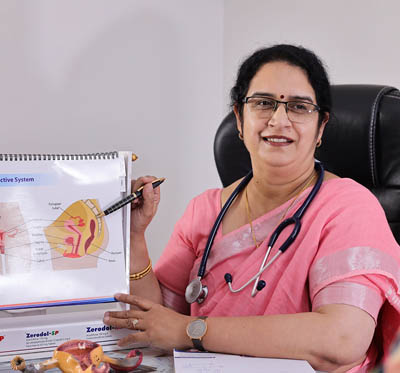
Pre-Op and Post-Op Requirements
Pre-Op Preparation:
- Imaging tests like ultrasound to confirm the presence of retained tissue.
- Blood tests to check for anemia or infection.
- Fasting for 6–8 hours if general anesthesia is used.
Post-Op Care:
- Mild cramping or spotting is common and resolves in a few days.
- Avoiding heavy physical activities and sexual intercourse for 1–2 weeks.
- Follow-up consultation to monitor recovery and ensure the uterus is clear of retained tissue.
Dr. Deepti Dogra’s Expertise in Hysteroscopic RPOC Management
Dr. Deepti Dogra is a highly skilled hysteroscopic surgeon with extensive experience in managing RPOC cases. Her expertise ensures precise and safe removal of retained tissue, minimizing complications and preserving uterine health. At Meerut Gynaecologist, patients receive personalized care and advanced treatment options for a swift recovery.
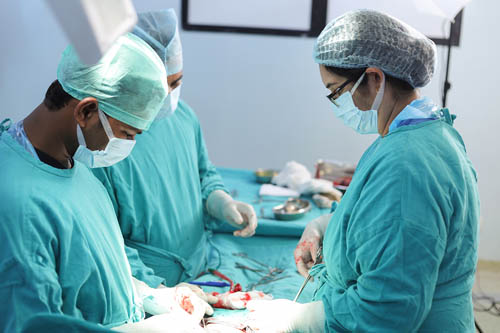
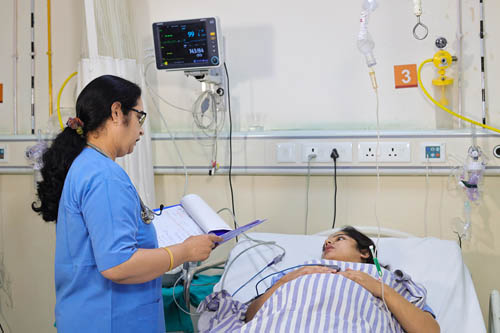
Restore Your Uterine Health Safely!
If you’re experiencing symptoms of retained products of conception, consult Dr. Deepti Dogra at Meerut Gynaecologist. Book your appointment today and experience expert care tailored to your health and recovery needs!
FAQs for RPOC at Meerut Gynaecologist
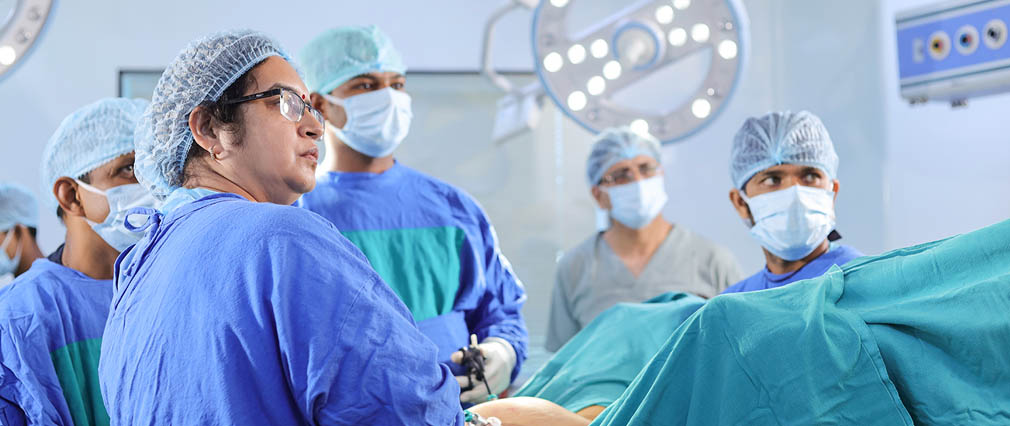
Hysteroscopic Endometrial Biopsy: Advanced Diagnostic Care at Meerut Gynaecologist
What Is Hysteroscopic Endometrial Biopsy?
Hysteroscopic endometrial biopsy is a minimally invasive procedure to collect a tissue sample from the lining of the uterus (endometrium) for diagnostic evaluation. This advanced technique is performed under direct visualization using a hysteroscope, ensuring precision and accuracy. It is commonly used to investigate abnormal uterine bleeding, diagnose conditions like endometrial hyperplasia or cancer, and assess the uterine lining for fertility-related issues.
How Is Hysteroscopic Endometrial Biopsy Performed?
The procedure is typically performed under local or general anesthesia. A hysteroscope—a thin, lighted tube with a camera—is inserted through the cervix into the uterine cavity to visualize the endometrium. A small instrument is used to carefully collect a tissue sample from specific areas under direct guidance. The procedure usually takes 10–20 minutes and is minimally invasive, reducing discomfort and recovery time.
Who Needs Hysteroscopic Endometrial Biopsy?
This procedure is recommended for:
- Women with abnormal uterine bleeding or postmenopausal bleeding.
- Suspected endometrial hyperplasia, polyps, or cancer.
- Patients with unexplained infertility to assess uterine receptivity.
- Monitoring the effects of hormone therapy on the uterine lining.

Pre-Op and Post-Op Requirements
Pre-Op Preparation:
- Imaging tests, such as ultrasound, to evaluate the uterine cavity before the biopsy.
- Avoiding blood-thinning medications, if advised by the doctor.
- Fasting for 4–6 hours if general anesthesia is planned.
Post-Op Care:
- Mild cramping or spotting is common and resolves within a few days.
- Avoiding heavy physical activities or sexual intercourse for 1–2 days.
- Follow-up visit to discuss biopsy results and any further treatment plans.
Dr. Deepti Dogra’s Expertise in Hysteroscopic Endometrial Biopsy
Dr. Deepti Dogra is an expert in advanced hysteroscopic procedures, ensuring precise and effective diagnostic outcomes for her patients. Her extensive experience and use of cutting-edge technology at Meerut Gynaecologist provide accurate diagnoses and compassionate care for a wide range of gynecological concerns.

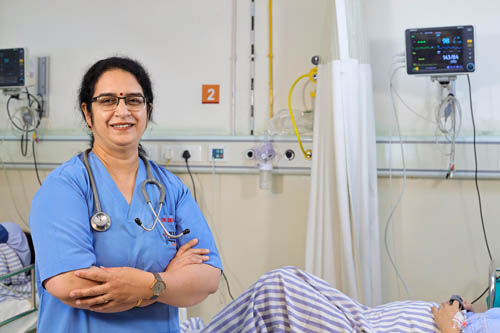
Take Control of Your Gynecological Health!
If you’re experiencing abnormal uterine symptoms or need fertility evaluation, consult Dr. Deepti Dogra at Meerut Gynaecologist. Book your consultation today and benefit from expert diagnostics tailored to your needs!


